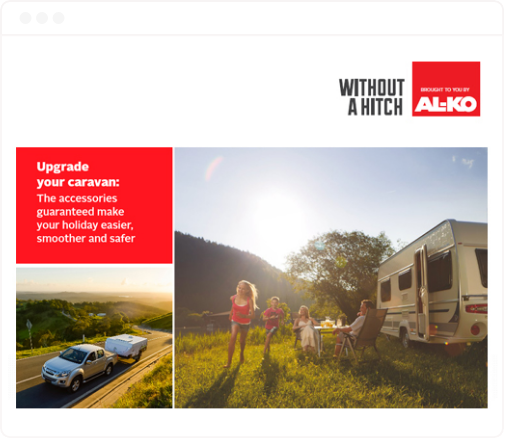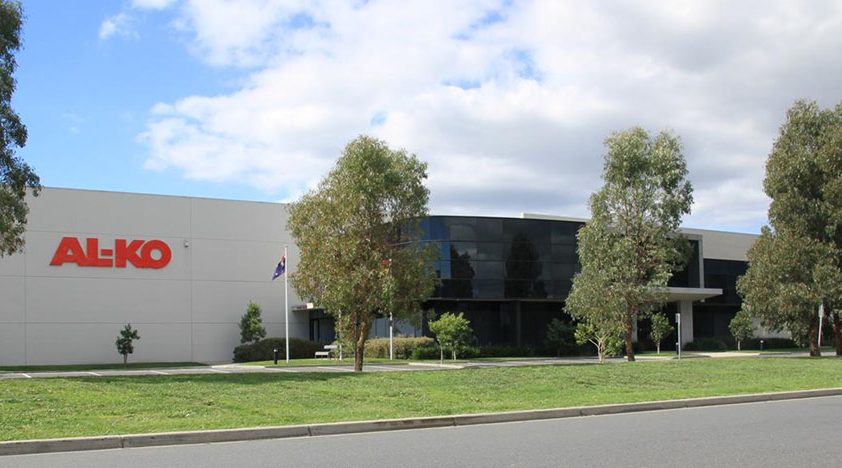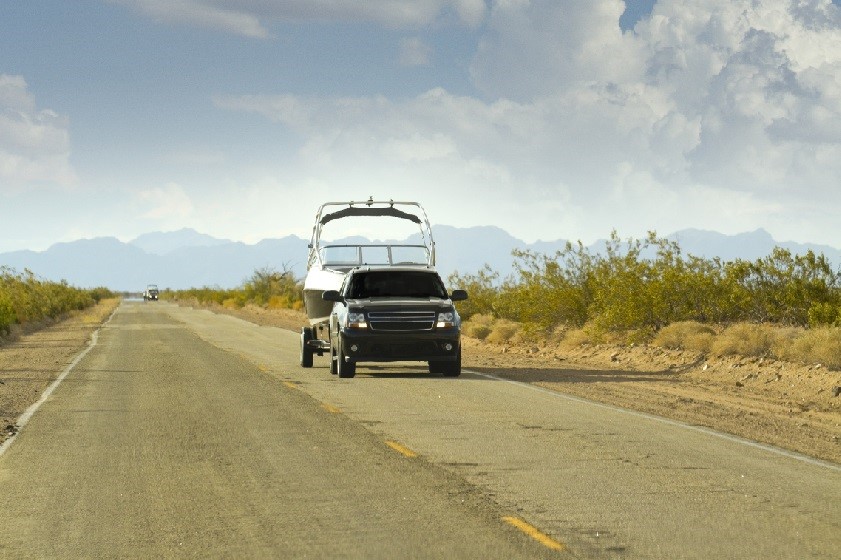Under normal conditions, the brakes on your caravan are controlled by the towing vehicle, but what happens in the event of accidental caravan breakaway? How does the caravan stop?
It is a legal requirement in all states that caravans over two tonnes gross trailer mass (GTM) are fitted with a caravan breakaway system, or independent brakes that will immediately kick in if the van becomes disconnected from the towing vehicle.
Vehicle Standards Bulletin VSB1, which covers the technical requirements stipulated by the Federal Department of Infrastructure and Regional Development, says that:
- Every trailer over two tonnes GTM must have brakes operating on allwheels.
- The brake system must cause immediate application of the trailer brakes in the event of the trailer becoming detached from the towing vehicle.
- Under these circumstances, the brakes must remain applied for at least 15 minutes.
Some states (ACT, VIC) add that the brakes must “be able to hold the trailer on a 12 per cent grade while in operation after a breakaway”.
How does it work?
The caravan breakaway system for electric brakes relies on a battery in the trailer to provide the power to operate the brakes once the trailer breaks away from the towing vehicle. So it makes sense that this battery be kept fully charged at all times.
Special requirements in NSW
In NSW there is an extra requirement that the charge condition of the caravan breakaway battery can be monitored from within the towing vehicle.
The NSW Roads and Maritime Services (RMS) vehicle inspection bulletin VIB6 stipulates:
- It will be satisfactory if any trailer-mounted battery is constantly charged by the towing vehicle and a warning device is fitted to warn the driver (from the normal driving position) if the trailer battery charge falls to such a level as to render the trailer brakes incapable of meeting the requirements.
- Trailers required to be fitted with caravan breakaway systems are not registerable if there is no means for maintaining the breakaway energy source in a fully energised condition (for example, if a charging and warning circuit is not fitted).
- An acceptable warning circuit must incorporate either a visual or an audible warning device.
This ruling only applies to caravans registered in NSW, not to interstate visitors towing recreational vehicles (RVs) registered in another state or territory and travelling through NSW.
In all other states, there are no specific requirements as to how the battery for your breakaway system is charged – it can be solar, charged by the towing vehicle or through an external charger. Some systems (such as the AL-KO iQ7 – only for use with hydraulic brakes) need no additional battery source as they operate by stored compressed air.
The requirement is that your caravan breakaway system is ready to work when it’s needed, and let’s face it, that’s what everyone wants.
Want to know more about your state’s requirements for registering your caravan?
DISCLAIMER: All references to standards and requirements from the various federal, state and territory departments are current as at February 2014.





